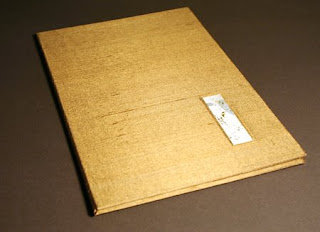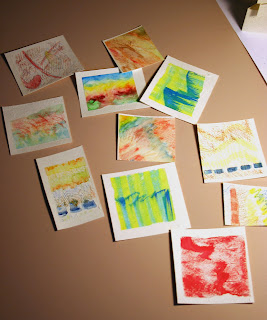 raphic designers have been taking up handmade lettering and graphics with a vengeance lately. Look at these recent popular books:
raphic designers have been taking up handmade lettering and graphics with a vengeance lately. Look at these recent popular books:
- Fingerprint: The Art of Using Hand-Made Elements in Graphic Design, by Chen Design Associates
- Handwritten: Expressive Lettering in the Digital Age, by Stephen Heller and Mirko Ilic
- Hand Job: A Catalog of Type, by Michael Perry (disclaimer: I haven’t read this one … yet)
- Over and Over: A Catalog of Hand-Drawn Patterns, by Michael Perry
… and these recent essays and posts:
- an essay about the value of hand-crafted visuals by Kate Rutter at Adaptive Path, a high-tech design firm
- a post by T. Scott Stromberg, an information architect at EMC, about the importance of being able to sketch wireframes
- a survey of contemporary and historical examples of handwriting and calligraphy collected by Smashing Magazine, an online web design magazine
Not to mention these showcases of current design that incorporate the handmade look:
- this collection of recent hand-drawn movie posters
- this showcase of grunge-style graphics, typefaces and textures
I could go on and on.
What is behind this pull toward the handmade? I think it has to do with the fact that the tools used to produce anything show through to the finished product. As more and more of graphic design is made wholly on the computer, the variety of design tends to be narrowed. Good designers are cognizant of this tendency and work to combat it. Hence the move to make what comes out of the computer look as though it hadn’t been made on the computer. Hence to move to start with the wide variety of media that were the tools of graphic design, and then take it to the computer.
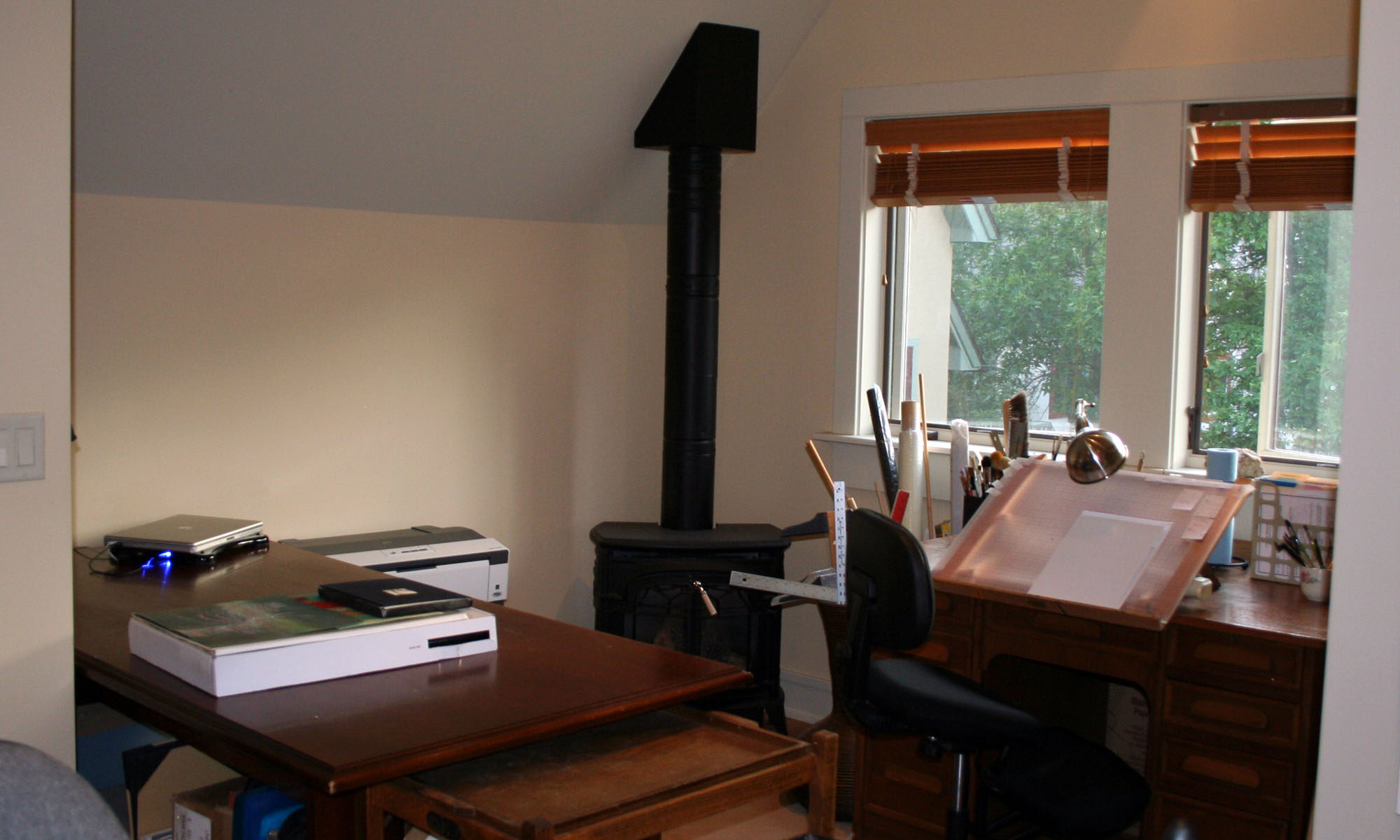

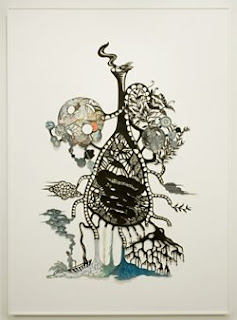
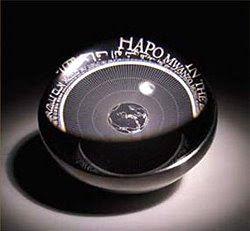

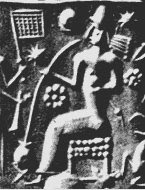
 What with traveling this summer and Tropical Storm Fay, I haven’t had much access to the Internet lately. Now school has started, and I’m looking forward to the classes.
What with traveling this summer and Tropical Storm Fay, I haven’t had much access to the Internet lately. Now school has started, and I’m looking forward to the classes.
